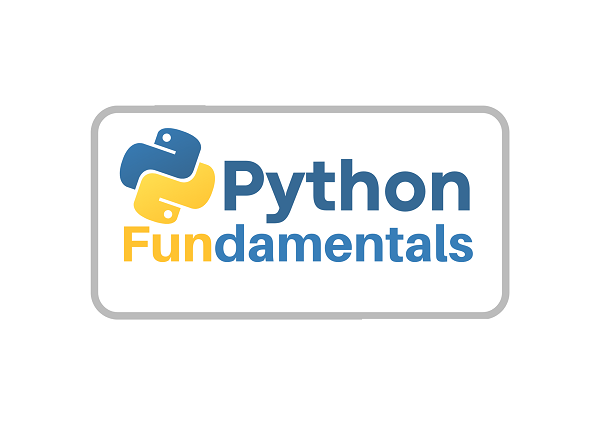What's the Difference Between Conversational AI and Generative AI?
This article explores the key differences between conversational AI and generative AI, including their core technologies, how they work, types, applications, and similarities. The article provides insights into how these two AI types are transforming industries and how businesses can benefit from incorporating them.
Artificial Intelligence (AI) is rapidly changing the way we interact with technology, and two prominent forms of AI are Conversational AI and Generative AI.
While both types of AI
are designed to mimic human intelligence, they have different functions and
applications. In this article, we will explore the differences between
Conversational AI and Generative AI.
What is Conversational
AI?
Conversational AI is a
type of AI that is designed to mimic human conversation.
It uses Natural
Language Processing (NLP) to understand and interpret human language,
allowing users to communicate with computers and machines in a more natural
way.
Chatbots, virtual assistants, and voice assistants are all examples of Conversational AI.
How Does Conversational
AI Work?
Conversational AI works
by using NLP to analyze and understand human language. It then uses this understanding
to generate responses that are relevant and appropriate to the user's input.
Conversational AI can be
programmed to handle a wide range of tasks, such as answering questions,
booking appointments, and providing customer support.
What is Generative AI?
Generative AI, on the
other hand, is designed to create new content, such as images, text, and music,
by learning patterns from existing data.
It uses a type of AI
called Generative Adversarial Networks (GANs) to create new content that
is similar to the data it was trained on.
How Does Generative AI
Work?
Generative AI works by
using GANs to learn patterns from existing data. GANs are made up of two neural
networks: a generator network and a discriminator network.
The generator network
creates new content, while the discriminator network evaluates the content to
determine if it is similar to the existing data.
Types of Conversational
AI
There are two types of
Conversational AI: rule-based and machine learning-based.
Rule-based systems rely
on pre-defined rules to generate responses, while machine learning-based
systems use data to learn and improve over time.
Applications of
Conversational AI
Conversational AI has
many applications, including customer service, personal assistants, and
language translation.
It can also be used in
industries such as healthcare and finance to provide personalized
recommendations and support.
Applications of
Generative AI
Generative AI has many
applications, including creating art, music, and video games.
It can also be used to
generate realistic images of products for e-commerce websites and create
personalized content for marketing campaigns.
What are the Main
Differences between Conversational AI and Generative AI?
The main difference
between Conversational AI and Generative AI is their function.
Conversational AI is
designed to mimic human conversation, while Generative AI is designed to create
new content.
Additionally,
Conversational AI uses NLP to understand human language, while Generative AI
uses GANs to learn patterns from existing data.
The main differences between
Conversational AI and Generative AI are:
|
Topic |
Conversational AI |
Generative AI |
|
Function |
Mimics human conversation and understanding |
Creates new content |
|
Core Technology |
Natural Language Processing (NLP) |
Generative Adversarial Networks (GANs) |
|
How it Works |
Uses NLP to analyze and understand human language, then
generates responses that are relevant and appropriate to the user's input. |
Uses GANs to learn patterns from existing data. GANs are made
up of two neural networks: a generator network and a discriminator network.
The generator network creates new content, while the discriminator network
evaluates the content to determine if it is similar to the existing data. |
|
Types |
Rule-based and machine learning-based |
N/A |
|
Applications |
Customer service, personal assistants, language translation,
healthcare, finance, and more |
Creating art, music, video games, realistic images of products
for e-commerce, personalized content for marketing campaigns, and more |
|
Main Differences |
Function and core technology |
Function and core technology |
|
Similarities |
Both rely on machine learning and use neural networks to
perform their functions |
Both rely on machine learning and use neural networks to
perform their functions |
Note: the "Types" column is only
applicable for Conversational AI, as Generative AI does not have different
types.
Similarities between
Conversational AI and Generative AI
Despite their
differences, Conversational AI and Generative AI share some similarities. Both
types of AI rely on machine learning and use neural networks to perform their
functions.
Conclusion:
Conversational AI and
Generative AI are two important forms of AI that are changing the way we
interact with technology.
While Conversational AI
is designed to mimic human conversation, Generative AI is designed to create
new content.
Understanding the differences
between these two types of AI is essential for businesses and organizations
looking to leverage AI technology in their operations.




Comments
Post a Comment